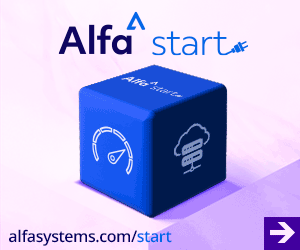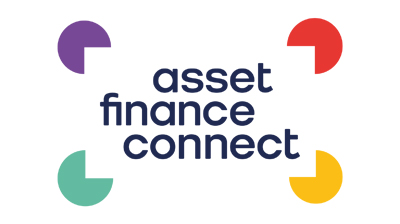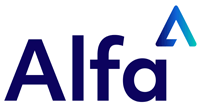HME comprises of a wide range of devices intended for use in home or other non-clinical facilities. This broad spectrum category includes medical electronic equipment such as digital blood-glucose meters, blood pressure monitoring devices, respiratory assist devices, and home infusion therapy.
It also includes products such as artificial limbs, nebulizers, seat lifts, walkers, hospital beds and other prosthetic devices as the delivery of healthcare services shifts from clinical settings to the home devices.
Key trends and drivers
Transparency Market Research reports that the overall HME rental market is influenced by several market drivers such as:
- more people with private insurance;
- aging population across the world;
- increased life expectancy and consistent rise in geriatric population;
- escalating national healthcare spending; and
- increased incidence of chronic disorders across the globe.
External factors like diligent insurance reimbursement policies, healthcare providers are consistently focused on lowering costs of healthcare, in part by shifting limited resources to acute cases, and relying on patients and their families to take on a more active role in their own health care.
However, it also presents unique challenges and issues like potential safety checklists to both, patients and caregivers, operating environment and skills, supplying equipment, regulatory restrains and industry standards.
The HME rental market can be analyzed on the basis of different market scenarios such as acceptability and feasibility for non-technical consumers, such patients themselves, as well as acceptance in several geographical regions of the world.
By geography, the market can be segmented in North America, Europe, Asia pacific and rest of world (ROW). North America and Asia Pacific promise to be the most lucrative market for the home medical equipment rental due to the budget constraints faced by the hospitals, increasing incidences of large number of chronic disorders and increasing number of aging patients.
Europe also promises impressive growth in this market because long-lasting chronic conditions and disabilities.
According to a United Nations report, the rise in the population aged 80 years or above is moving at a faster pace in the less developed regions than in the more developed regions. 23 million persons aged 80 years or over were living in China in 2013.
The US had about 12 million, followed by India and Japan, which had 10 million and nine million, respectively. Apart from this increase expenditure in healthcare is also responsible for the shifting paradigm.
HME leasing market opportunities
According to the US Centers for Medicare and Medicaid Services (CMS), spending growth for freestanding home health care agencies accelerated in 2012, increasing 5.1% to $77.8 billion following growth of 4.1% in 2011.The CMS also estimates that spending on healthcare services will grow to $3.4 trillion by 2015, nearly 18% of GDP.
Over the time frame of 2015-2021, health spending is expected to grow at the rate of 6.2% annually. It reflects the net result of the aging of the population, Affordable Care Act, and generally improving socio-economic conditions.
The home healthcare equipment leasing market has varied considerably in the past few years. An industry report on the global market for HME estimates the total expenditure at $40.5 billion in 2009. This is about 1-2% of the total expenditures on healthcare services in the US.
The report also estimated growth rate around 7.4% between now and 2016. Extrapolation of this estimation can be a good indicator of health equipment rental market.
HME leasing market key players
The key players in this market are Agfa Finance, Access Equipment Leasing, De Lage Landen, Apria Healthcare Group (USA), Hill-Rom Holdings, GE Healthcare Financial Services, Siemens Financial Services, National Technology Leasing, Prudential Leasing, Oak Leasing, Rotech Healthcare, and Stryker Corporation.
Transparency Market Research is a global market intelligence company providing business information reports and services.








